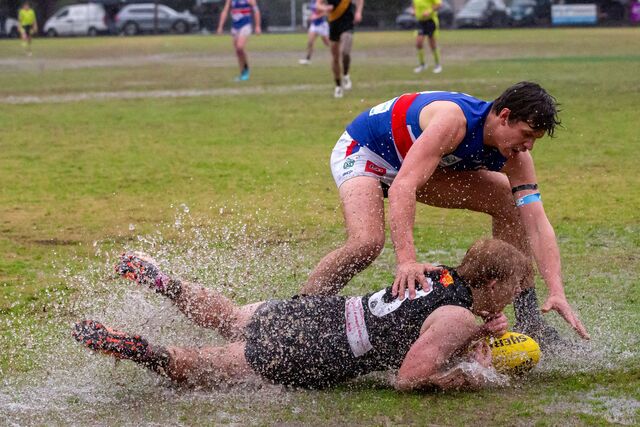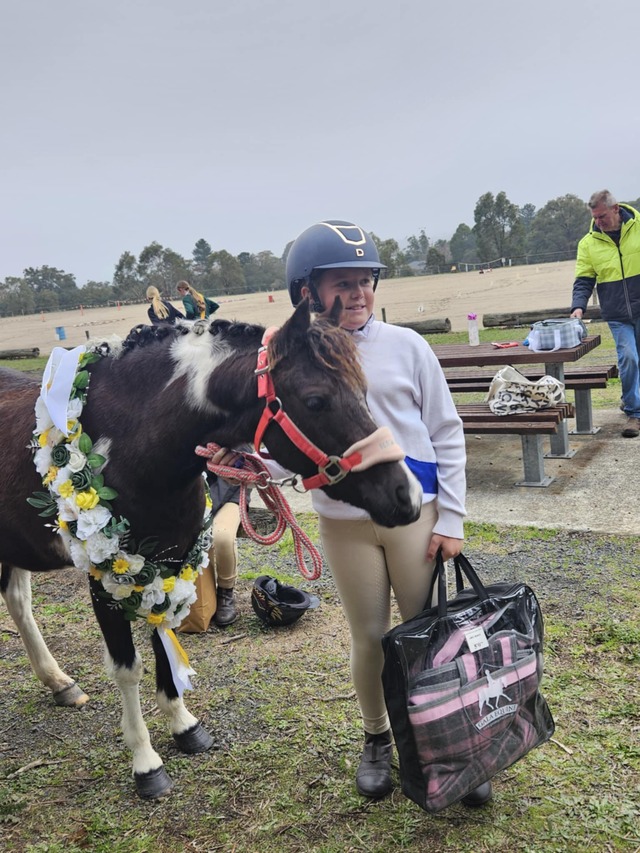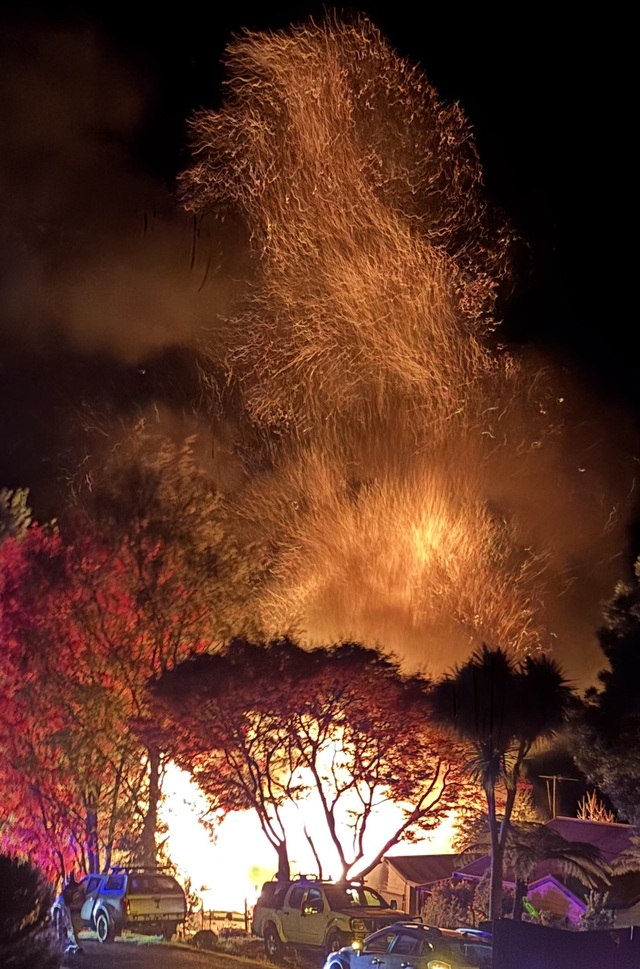New Gold Mountain, the epic four-part series to be premiered on SBS on October 13, shares with Australian audiences for the very first time the remarkable and untold story of the Chinese miners who arrived in the Victorian Goldfields in the 1850s to try to make their fortune.
In Chinese, “new gold mountain” refers to Melbourne (as compared to San Francisco as the “old gold mountain”). When gold was discovered in Central Victoria in the early 1850s, fortune seekers from around the world had flocked to Melbourne and then onwards to Ballarat and Bendigo.
The population of Victoria grew from about 77,000 in 1851 to 400,000 in 1857 and then 500,000 in 1860, with 75,000 people arriving in the colony in 1852 alone.
Among the European and American prospectors were the Chinese, whose number in Victoria reached 26,000 by 1857. This is the year that New Gold Mountain is set, at the peak of a harsh wild west era when every man was busy amassing his own riches. There were inevitable conflicts between the miners and the colonial authorities seeking to control them, which culminated in the Battle of the Eureka Stockade. There were also constant, violent and even deadly disputes among the gold miners of diverse ethnic and cultural backgrounds.
For those wanting to better understand the historical settings of New Gold Mountain as a landmark production – an original and ambitious attempt to re-examine an important chapter of the history of Victoria – this reviewer recommends The Chinawoman (2008) by Melbourne-based lawyer Ken Oldis, winner of the prestigious Victorian Community History Award in 2009.
New Gold Mountain begins with the discovery of a white woman’s mutilated body in the Chinese miners camp in Ballarat in 1857. The camp’s headman is Wei Shing, who must find out what happened in order to remain in power and keep his own fortune. In comparison, The Chinawoman begins with the discovery of a white woman’s mutilated body in today’s Exhibition Street in Melbourne CBD in 1856. The victim was Sophia Lewis, an English prostitute dubbed “the Chinawoman” due to her association with wealthy men from Chinatown.
A criminal lawyer fascinated with Australian and especially Victorian history, Oldis spent years sifting through numerous legal documents, government archives, court proceedings, media reports and personal papers about the historical case. The result is a compelling book that reads like a murder thriller, but contains extensive notes and references that shed ample light on the dubious workings of Victoria’s detective force and the travails of the local Chinese community. Readers are led through the dark streets and murky lanes of Melbourne in a quest for the truth.
As Oldis explains, the murder happened at a politically sensitive time, when the anti-Chinese sentiment was so widespread in the colony that even the parliament was considering heavy taxes and other discriminatory laws against them. As the public demanded the killer(s) be found, it was commonly believed – in both European and Chinese communities – that they were Chinese.
The police was under enormous pressure to arrest somebody – anybody – so they resorted to employing spies and secret agents to infiltrate the Chinese community.
One of these “special detectives” appointed by the Victorian police force back then was Fook Shing, the well-connected and powerful headman of a Chinese miners camp in Bendigo.
As Oldis reveals, Fook Shing not only assisted in the arrest and interrogation of two Chinese miners asmurder suspects, but he also testified at their trial, which was presided by the renowned colonial judge Redmond Barry. The two Chinese men were convicted and hanged… but were they guilty? The answer remains to be found in The Chinawoman, but it’s suffice to say that the book helps us comprehend not just the historical settings of New Gold Mountain but also some of the social, cultural and political issues highlighted in the drama series. To borrow the words of the SBS Guide, themes of “identity and belonging, class and race inequality, and the nature and construction of truth” demand as much of our attention today as they did in the 1850s.







